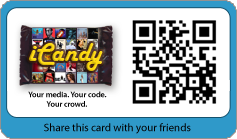PVI buys E Ink for ~$215 Million
Taiwanese display company Prime View International announced today it will be purchasing E Ink for about $215. PVI has been a long-time partner of E Ink, and supplies the backplane for the Amazon Kindle and Sony’s eReader, which use E Ink’s ink technology.
PVI buys E Ink for ~$215 Million Read More »
